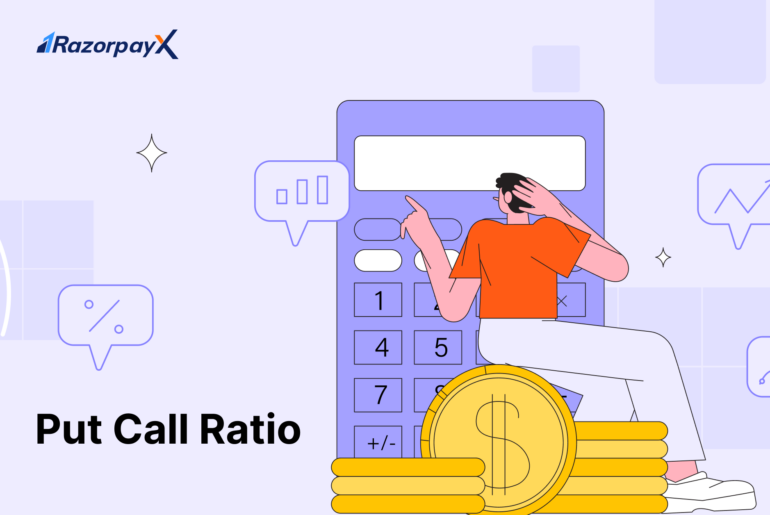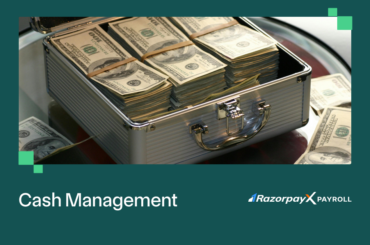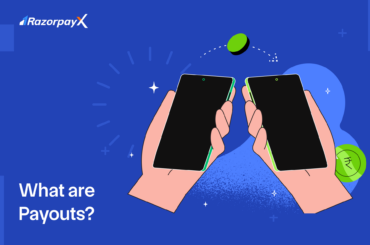Options trading is one of the riskiest endeavours for an investor to embark on. High volatility, unlimited losses and complex instrumentation make options trading extremely high-risk.
Analysts and investors have come up with a number of mathematical analyses to quantify this risk and be able to take better decisions when it comes to investing.
The most important of these is the put call ratio. In this blog, we discuss:
- What is a put call ratio?
- How to calculate put call ratio?
- How to interpret the put call ratio?
- Importance of the put call ratio
Table of Contents
What is a Put Call Ratio?
A put call ratio compares the total number of traded put options to the total number of traded call options. It is used by options traders to understand the sentiment of the options market.
The PCR helps determine the extent of changes to market sentiment. A high put-call ratio above 1 suggests bearish sentiment, indicating that investors are buying more puts as they anticipate a decline in the market, while a low put-call ratio below 1 indicates bullish sentiment, with investors favouring call options in anticipation of a market rise.
Read more: Building a Portfolio
Put Option Explained
A put option gives the holder the right to sell an asset at a predetermined price within a specific period of time. The asset could be anything from stocks, commodities like gold or oil, or currencies like the Indian Rupee. The predetermined price is called the strike price.
A put option is best understood as protection against price decreases. If the price of the asset decline below the strike price, the holder of the put option can choose to exercise his option and sell the asset at a higher strike price.
Call Option Explained
A call option is a financial contract that gives the holder the right, but not the obligation, to buy an underlying asset at a predetermined price (strike price) within a specific period.
Call options are used to profit from anticipated price increases in the underlying asset. If the asset’s price rises above the strike price, the call option holder can exercise the option and purchase the asset at the lower strike price, enabling them to potentially profit from the price difference.
Both put and call options are tradable financial instruments used in options trading, allowing investors to speculate on price movements, hedge against risks, or generate potential profits in various market conditions.
Read more: Put Call Option
Put Option vs Call Option
| Feature | Put Option | Call Option |
|---|---|---|
| Definition | Gives the holder the right, but not the obligation, to sell an asset at a specified price on or before a specified date. | Gives the holder the right, but not the obligation, to buy an asset at a specified price on or before a specified date. |
| Strike price | The price at which the holder can buy or sell the asset. | The price at which the holder can buy or sell the asset. |
| Premium | The price paid for the option. | The price paid for the option. |
| Max loss | Limited to the premium paid. | Unlimited if the price of the asset rises above the strike price. |
| Max profit | Unlimited if the price of the asset falls below the strike price. | Limited to the difference between the strike price and the market price of the asset. |
| Best used when | You believe the price of the asset will fall. | You believe the price of the asset will rise. |
How is Put Call Ratio Calculated?
Put Call Ratio can be calculated two ways:
- From Options Trading Volumes: PCR can be calculated using the volumes of options trading. The total sum of all put options traded divided by the total number of call options traded during a specific period gives you the PCR. This gives insight into the sentiment of actively trading investors in the market.
- Based on Open Interest: “Open Interest” refers to the number of options contracts that have not been exercised. PCR can also be calculated based on the total number of unexpired put options divided by the total number of outstanding call options. This approach gives insight into the sentiments of traders who have already established positions in the market and can indicate the potential of future market trends.
How to Analyse PCR (Put Call Ratio)?
A PCR above 1 means there are more puts than calls. When an investor buys a put option, they are betting that the price of the asset will decrease in the future. This is because the put option gives the investor the right to sell the asset at a predetermined price, even if the market price of the asset has fallen.
Thus, a PCR above 1 means more investors are betting against the market and expect the asset to drop.
PCR of exactly 1 means the volume of puts traded is equal to volume of calls traded – this is unrealistic since there will never be a situation where puts are exactly equal to calls.
Finally, a PCR that is below 1 indicates more calls being traded than puts – meaning more investors want to bet for the market and expect the asset price to rise in the future.
It’s important to note that the put-call ratio is best used in conjunction with other technical indicators, market news, and fundamental analysis to form a comprehensive understanding of market sentiment and potential trends.
Importance of Put Call Ratio
- A put-call ratio provides a snapshot of market sentiment and helps investors gauge whether the overall market sentiment is bullish or bearish.
- The put-call ratio serves as a valuable contrarian indicator, as extreme readings can suggest potential market reversals when sentiment reaches extremes.
- By monitoring changes in the put-call ratio, investors can gain insights into shifts in market expectations and adjust their trading strategies accordingly.
- The put-call ratio is a widely watched metric that helps traders and analysts assess the balance between hedging and speculation in the options market, offering valuable clues about future market movements.
Investments and Financial Management
Making wise investment decisions is very important in a fast-paced, turbulent market, for individuals as well as businesses. Wise investment decisions mean financial stability and a passive source of income.
A strong, well-diversified portfolio helps individuals and businesses spread investments across different assets, reducing the risk of losses and increasing the potential for returns.
One way to make time for investments, growth and money management is to automate business finances.
RazorpayX offers automation for your business’s manual financial operations, making finances smooth and effortless. Here are the following beneficial features that you can unlock by opting for RazorpayX:
- Payroll management
- Vendor management
- Corporate credit cards
- Payouts
- Coordinating with CA and finance teams
- OTP sharing
FAQs
What is the put-call ratio and how is it calculated?
The put-call ratio is a measure of market sentiment in options trading. It is calculated by dividing the total volume or open interest of traded put options by the total volume or open interest of traded call options during a specific period.
How can the put-call ratio be used to analyze market sentiment?
The put-call ratio provides insights into whether market sentiment is bullish or bearish. A ratio above 1 indicates a higher demand for put options, suggesting a bearish sentiment. Conversely, a ratio below 1 suggests a higher demand for call options, indicating a bullish sentiment.
What are the implications of a high put-call ratio?
A high put-call ratio suggests a bearish sentiment in the market. It indicates that more investors are buying put options, potentially as a hedge against anticipated market declines. A higher ratio can be seen as a signal of increased caution or pessimism among traders.
How can traders utilize the put-call ratio in their decision-making process?
Traders can use the put-call ratio as a contrarian indicator. When the ratio reaches extreme levels, it may signal a potential market reversal. For example, a very high put-call ratio could suggest that market sentiment has become overly bearish, indicating a possible buying opportunity. However, it is important to consider the ratio alongside other technical indicators and market analysis for comprehensive decision-making.





